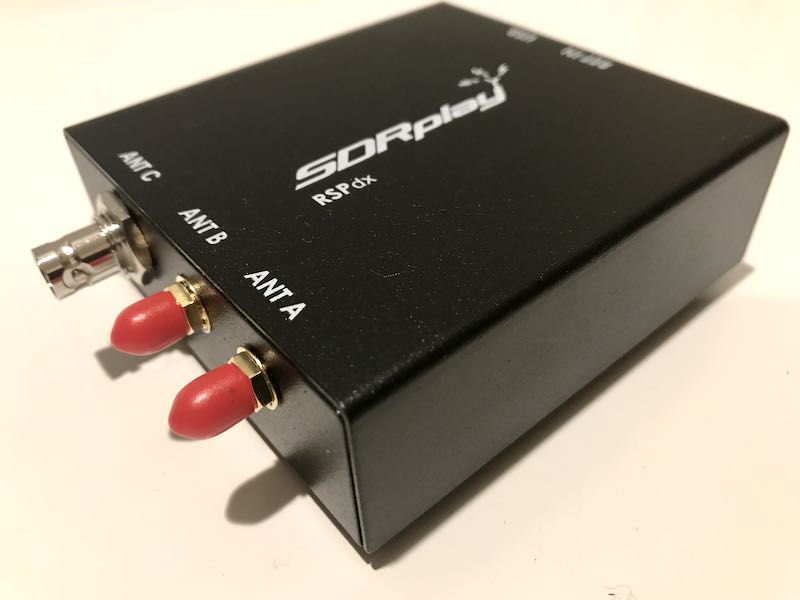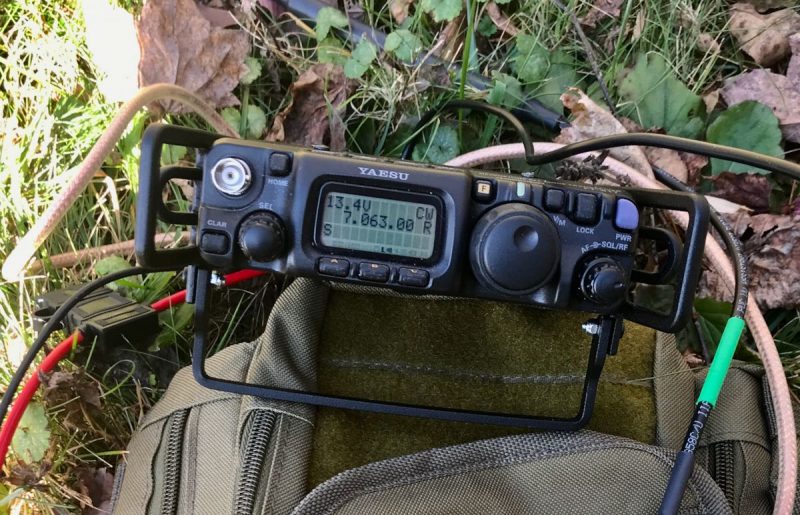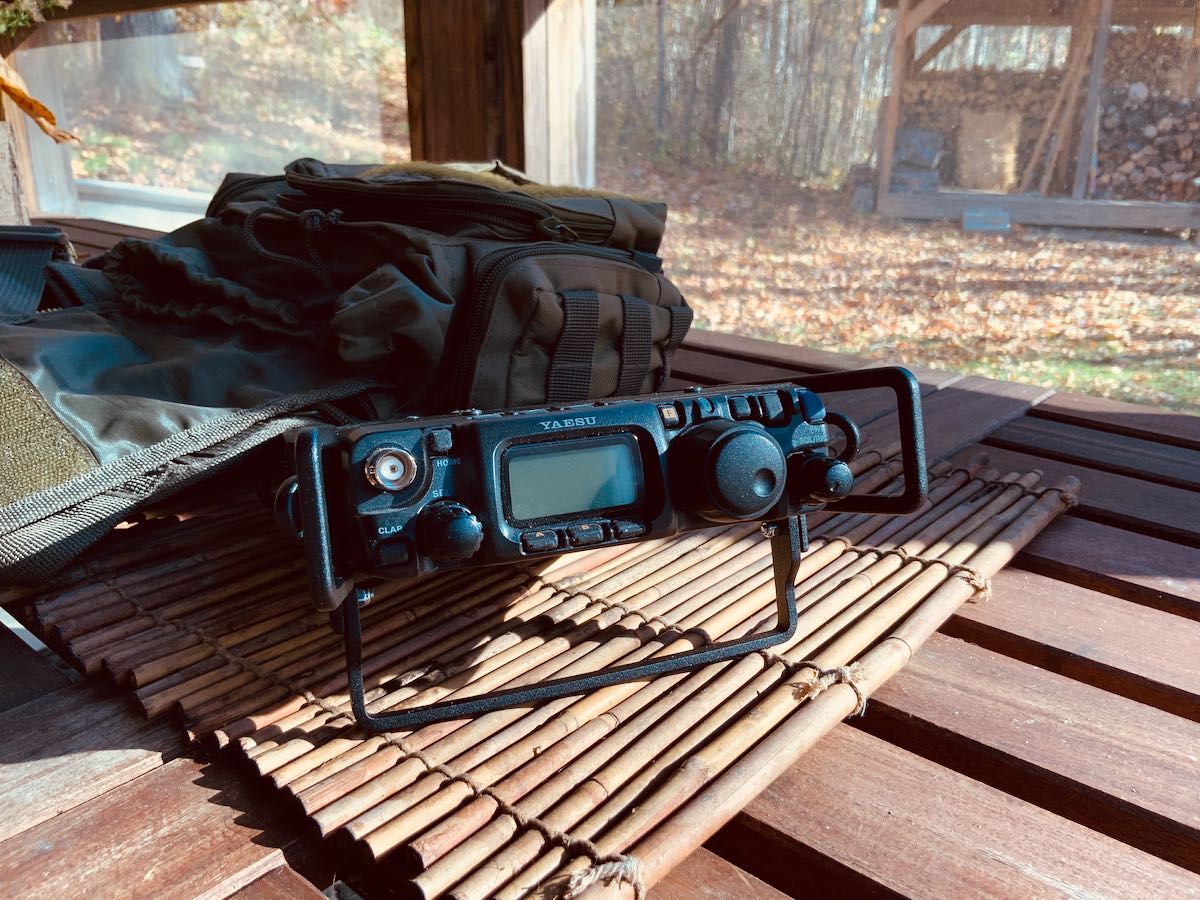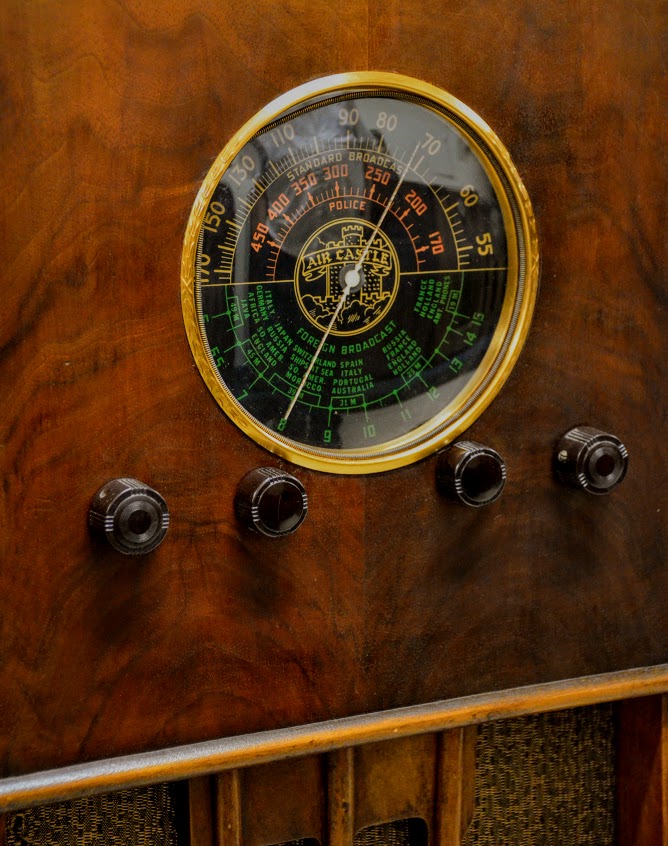Check out this brilliant episode of Tech Minds How It’s Made which features SDRplay:
Category Archives: News
Help listening to NPR in Panama?
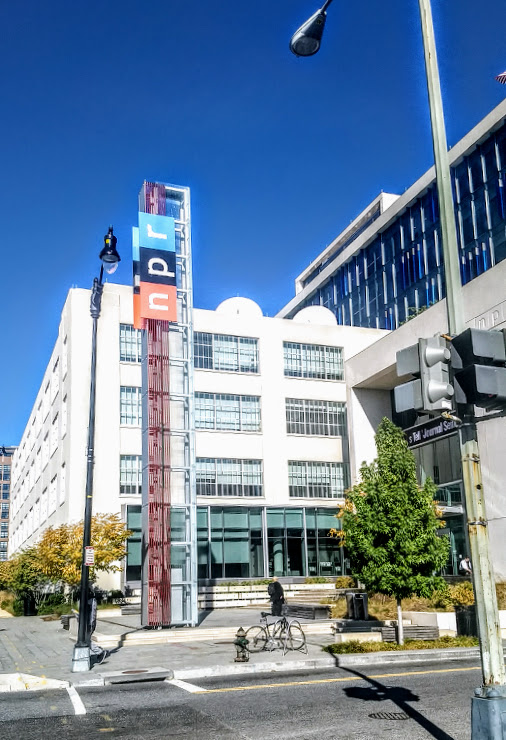 May thanks to SWLing Post reader, Aaron, who writes:
May thanks to SWLing Post reader, Aaron, who writes:
Hello Thomas,
We are moving to Panama full-time come January and I am a news junkie. The rural area we are moving to only has satellite internet which is very expensive and in not unlimited. Therefore I desperately need to figure out if I can short-wave Armed Forces or NPR directly in Panama?
Any help?
Thanks, Aaron
Wow–good question, Aaron.
Before I begin looking at options, keep in mind that the SpaceX Starlink system is being rolled out to beta testers now and will likely be public next year. There’s an initial investment involved with equipment, but the monthly pricing is much more attractive than traditional sat internet providers and latency is also much lower. I, for one, will be looking into Starlink due to the terrible Internet options I have from home.
But back to your question…
So I’m not entirely sure the AFN still broadcasts regularly (or at all) from Guam and Diego Garcia on shortwave these days. I haven’t checked on this in a long time. I hope readers can confirm for us. Over the past couple of decades, AFN shortwave has trimmed and closed many of their sites/broadcasts.
If they covered Central America (they don’t) one option would be satellite radio. Sirius XM has an NPR highlights channel called NPR Now.
One thought I had though was FTA (Free To Air) satellite. This would require investing in a small satellite receiver and dish, but sometimes news audio feeds can be found for free via satellite. I wouldn’t be surprised if NPR has an accessible feed. Plus, you’d then also have access to other live satellite programming and channels from across the globe. My hope is that our FTA-savvy Post readers might comment and help us out here! Click here to read a post by Mario about using FTA to listen to radio stations.
Readers: Please feel free to comment if you have other ideas for listening to NPR from Panama (or other rural/remote parts of the world).
Shortwave listening with the Yaesu FT-817, FT-817ND, or FT-818–?
I recently re-acquired a Yaesu FT-817ND general coverage QRP transceiver. I wrote a post with some info about this radio and how it came into my possession over at QRPer.com, if you’re interested.
My question here: Have any folks in the SWLing Post community ever used the FT-817 or FT-818 series transceivers for serious shortwave broadcast listening?
I originally owned a first production run FT-817 back in 2000 when I lived in the UK. I did quite a bit of SWLing with it then, but I never compared it with other radios. I do recall feeling it was a very capable general coverage transceiver, though, and remember logging a number of broadcasters (although I can’t seem to find those logs these days). Of course, propagation was quite a bit better back then, too!
Please comment if you use or have used the FT-817/818 for shortwave listening!
A Universe of Sound
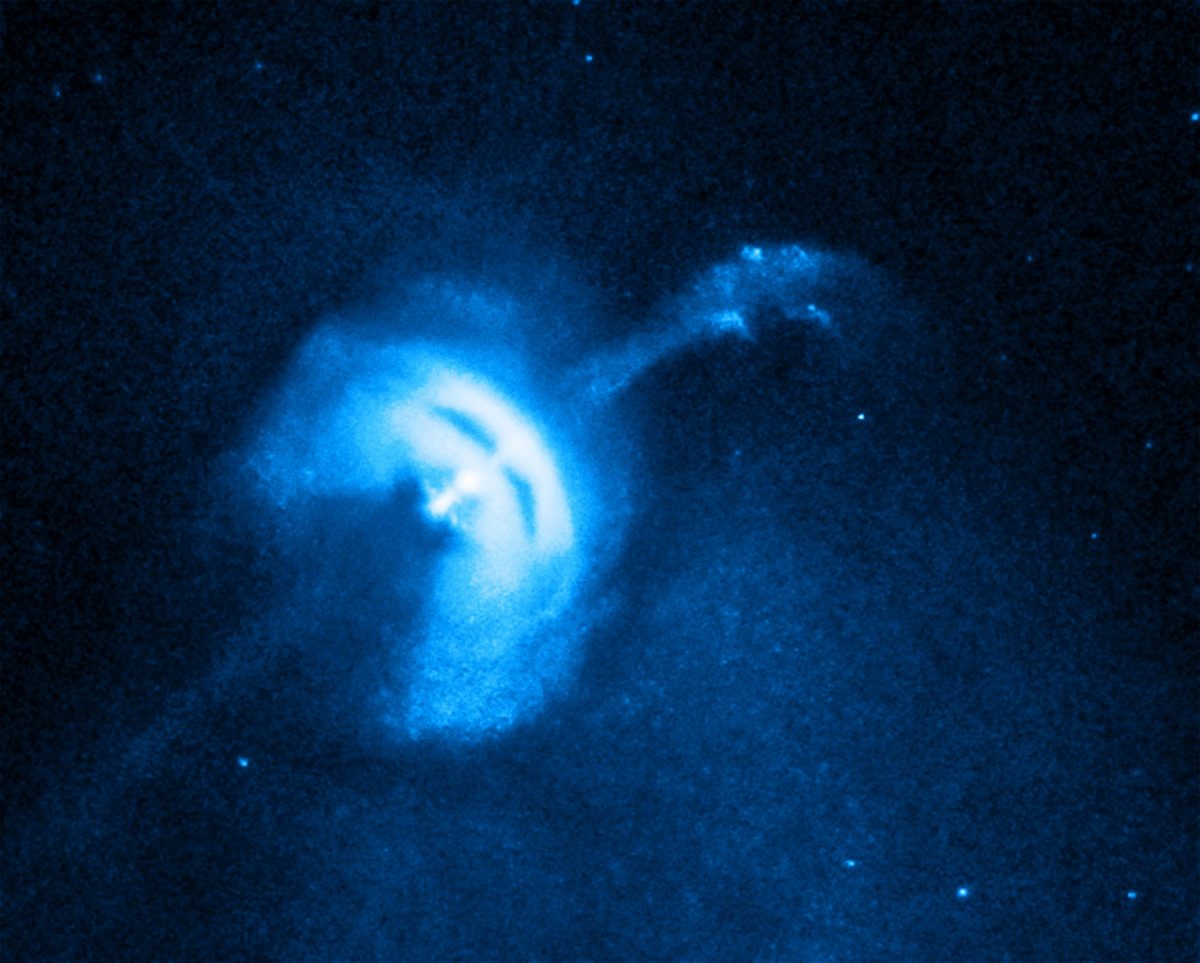
This deep image from NASA’s Chandra X-ray Observatory shows the Vela pulsar, a neutron star that was formed when a massive star collapsed. (Source: NASA)
Many thanks to SWLing Post contributor, Roger, who writes:
Hello Thomas,
I thought you, along with some others in the SWLing community, might be interested in the musical renditions, or sonifications, that were released 9/22/2020 by NASA’s Chandra X-ray
Center Universe of Sound website.
https://chandra.si.edu/sound/index.htmlI found it utterly fascinating, and hope you do too.
Source: ScienceNews, Vol. 198 ? No. 8 (November 7, 2020) p. 4.
Many thanks, Roger for sharing this! Below, I’ve copied one excerpt with one pulsar sound. I’d encourage you to check out the others by clicking here.
Listen to a Pulsar Clock
Turning a pulsar’s rotational data into sound makes it easier to observe patterns and make comparisons between different nebulous pulsar rotational speeds. as a pulsar ages it spins at a slower speed. listen to the different pulsar heartbeats. what can you guess about how fast these different pulsars rotate? Which pulsar is the oldest? How about the youngest?
Neutron stars are strange and fascinating objects. They represent an extreme state of matter that physicists are eager to know more about. Yet, even if you could visit one, you would be well-advised to turn down the offer.
The intense gravitational field would pull your spacecraft to pieces before it reached the surface. The magnetic fields around neutron stars are also extremely strong. Magnetic forces squeeze the atoms into the shape of cigars. Even if your spacecraft prudently stayed a few thousand miles above the surface neutron star so as to avoid the problems of intense gravitational and magnetic fields, you would still face another potentially fatal hazard.
If the neutron star is rotating rapidly, as most young neutron stars are, the strong magnetic fields combined with rapid rotation create an awesome generator that can produce electric potential differences of quadrillions of volts. Such voltages, which are 30 million times greater than those of lightning bolts, create deadly blizzards of high-energy particles.
These high-energy particles produce beams of radiation from radio through gamma-ray energies. Like a rotating lighthouse beam, the radiation can be observed as a pulsing source of radiation, or pulsar. Pulsars were first observed by radio astronomers in 1967. The pulsar in the Crab Nebula, one of the youngest and most energetic pulsars known, has been observed to pulse in almost every wavelength—radio, optical, X-ray, and gamma-ray.
Links for a deep dive into BBC radio history
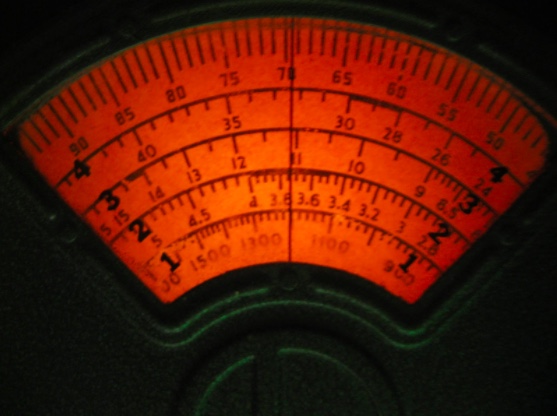 Many thanks to SWLing Post contributor, Kris Partridge, who writes:
Many thanks to SWLing Post contributor, Kris Partridge, who writes:
Last night I sent the link to the SWLing Droitwch item to a former colleague. He replied this morning, reply below, and includes a couple of useful links. I’m very sure the SWLing Post knows about MB21.
Thinking that maybe the item on Crowbourgh will be of interest to SWLing readers. It contains the ‘magic’ word “Aspidistra” ! Lot of SW history there.
[From my former colleague:]
You’re probably aware of the “Tricks of the Trade” articles that Dave Porter has also published. http://bbceng.info/Technical%20Reviews/tott/tott.htm
Dave was also able to provide some useful contacts for my mb21 colleague Martin Watkins who was compiling a page about the history of Crowborough. http://tx.mb21.co.uk/gallery/gallerypage.php?txid=2495
Thank you so much for the link to Dave Porter’s “Tricks of the Trade” and MB21! What a wonderful deep dive into radio history!
Tecsun PL-330 fine tuning bug
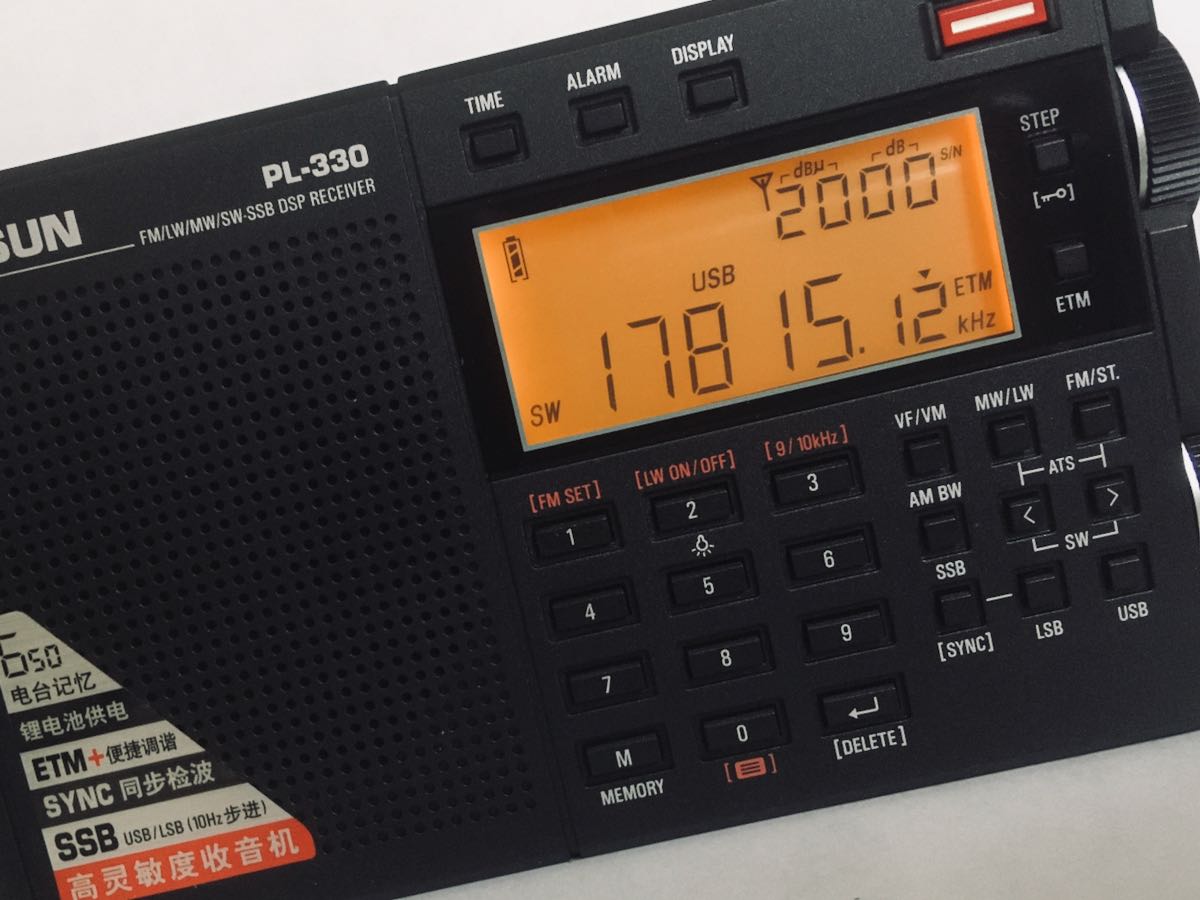 Many thanks to SWLing Post contributor, Pawel Kita, who writes:
Many thanks to SWLing Post contributor, Pawel Kita, who writes:
Good morning Thomas.
I bought a Tecsun PL-330 firmware 3303.
Do you remember when I once reported a bug in one of the versions of the
Tecsun PL-880 radio? This error was later named as “fine tuning TECSUN reversed bug”
The same error occurs in the following Tecsun radios: PL-365 and PL-330
firmware version 3303.
Thank you for the tip, Pawel. That is an odd and slightly obscure bug that Tecsun obviously has yet to address.
Radio Waves: United Biscuit’s Radio Station, WMAL Towers Demolished, Canada’s First Off-Grid Station, and St. Helena Gets Fiber
Radio Waves: Stories Making Waves in the World of Radio
Because I keep my ear to the waves, as well as receive many tips from others who do the same, I find myself privy to radio-related stories that might interest SWLing Post readers. To that end: Welcome to the SWLing Post’s Radio Waves, a collection of links to interesting stories making waves in the world of radio. Enjoy!
Many thanks to SWLing Post contributors Todd R, Skip Arey and Tracy Wood for the following tips:
Cracker factory records: the surprising story of United Biscuits’ radio station (The Guardian)
Playing Bollywood soundtracks and songs about safety shoes, this shopfloor station made stars out of Dale Winton and Nicky Horne, and paved the way for UK commercial radio
nless you spent your summers packing Jaffa Cakes into boxes in the 70s, you are unlikely to have heard of the United Biscuits Network (UBN). It was a radio station for biscuit-makers, broadcasting around the clock to factories in London, Manchester, Liverpool and Glasgow. One part industrial psychology, another part community radio, UBN was intended to make factory life more bearable, but over its nine-year lifespan, it emerged as one of the most daring, anarchic and pioneering stations to hit the UK airwaves.
Music has long been a point of contention in the workplace. Prof Marek Korczynski, who co-authored Rhythms of Labour (2013), describes the history of British working life as “a battle over soundscapes”. Bosses first wanted silent factories, but during the second world war, Korczynski says, “industrial psychologists – the forerunners to HR departments – started looking at playing cheerful music in factories, at the times of day when productivity would dip”. After the war, as Britain rebuilt itself, this strategy was maintained with muzak: inoffensive background tunes, played to lighten the monotony of factory work.
There was one issue, according to Korczynski: “Workers grew to hate muzak.” As jobs on the production line were deskilled and made ever more monotonous, muzak’s effectiveness weakened and staff turnover soared. For Sir Hector Laing, the chairman of United Biscuits in the 1960s, stemming the flow – and its cost – was desperately necessary. Drawing on the success of commercial pirate stations such as Radio Caroline, Laing put adverts in Melody Maker, bought state-of-the-art broadcasting equipment and set up his very own station from UB’s headquarters in Osterley, west London (where Sky’s HQ sits today).[…]
Demolition of Bethesda radio towers takes a piece of history, rare open space (Washington Post)
When the four orange and white steel towers first soared over Bethesda in 1941, they stood in a field surrounded by sparse suburbs emerging just north of where the Capital Beltway didn’t yet exist. Reaching 400 feet, they beamed the voices of WMAL 630 AM talk radio across the nation’s capital for 77 years.[…]
Manitoulin boasts Canada’s first off-grid radio stations (Manitoulin Expositor)
LITTLE CURRENT – Great Lakes Country 103 FM and Hits100 FM have opened a new broadcasting studio and office space at the Flat Rock Entertainment Centre, home of Manitoulin Countryfest and Rockin’ the Rock, becoming the first off-grid commercial radio stations in Canada, according to CEO Craig Timmermans.
“It’s super nice to not have an electricity bill anymore,” says Mr. Timmermans as he leads The Expositor on a tour through his company’s new headquarters at 1 Radio Road on the southeastern edge of Little Current.
Through the front doors of the building lies a reception area floating in the centre of a large, open rectangular space. All of the central furniture is moveable so the team can empty the space for special events and small live concerts.
To the right is a small seating area featuring a wood and epoxy tabletop made by Kelly ‘KT’ Timmermans, president of the company. She has also built the live-edge wooden shelving and a table inside the adjacent boardroom.
“This is what I did with my quarantine,” she says with a laugh. “It’s nice to have our own space and to be in charge of our own destiny. We loved being downtown but it didn’t help our business like we had hoped.”[…]
Telecom Egypt signs agreement with St Helena Government to provide it with its first subsea solution (Capacity)
02 November 2020: Telecom Egypt and St Helena Government (SHG) have signed an agreement to connect the Island to Telecom Egypt’s subsea system over the Equiano submarine cable system.
Telecom Egypt will be the first to provide St Helena with a fibre optic connection to the rest of the world, which is a crucial step towards the Island’s economic growth. The cable, along with the associated high-speed internet, is planned to be delivered to the Island by early 2022.
The branch that connects Telecom Egypt’s system to St Helena will be 1,140km long. The cable itself will run from the West Coast of Africa and provide St Helena with access to both Lisbon, Portugal and Melkbosstrand, South Africa with scalable connectivity ranging from a few hundred gigabits up to multiple terabits, as demand varies. It, therefore, provides the most cost effective solution to the growth in the Island’s bandwidth needs.
In light of its vast experience in the subsea connectivity business, Telecom Egypt, in conjunction with SHG, will provide a Dynamic Circuit Network functionality, which will ensure that SHG’s communication partners have access to fixed bandwidth.?Telecom Egypt will also support SHG in the design, installation, and configuration of the submarine and network equipment.[…]
Do you enjoy the SWLing Post?
Please consider supporting us via Patreon or our Coffee Fund!
Your support makes articles like this one possible. Thank you!

